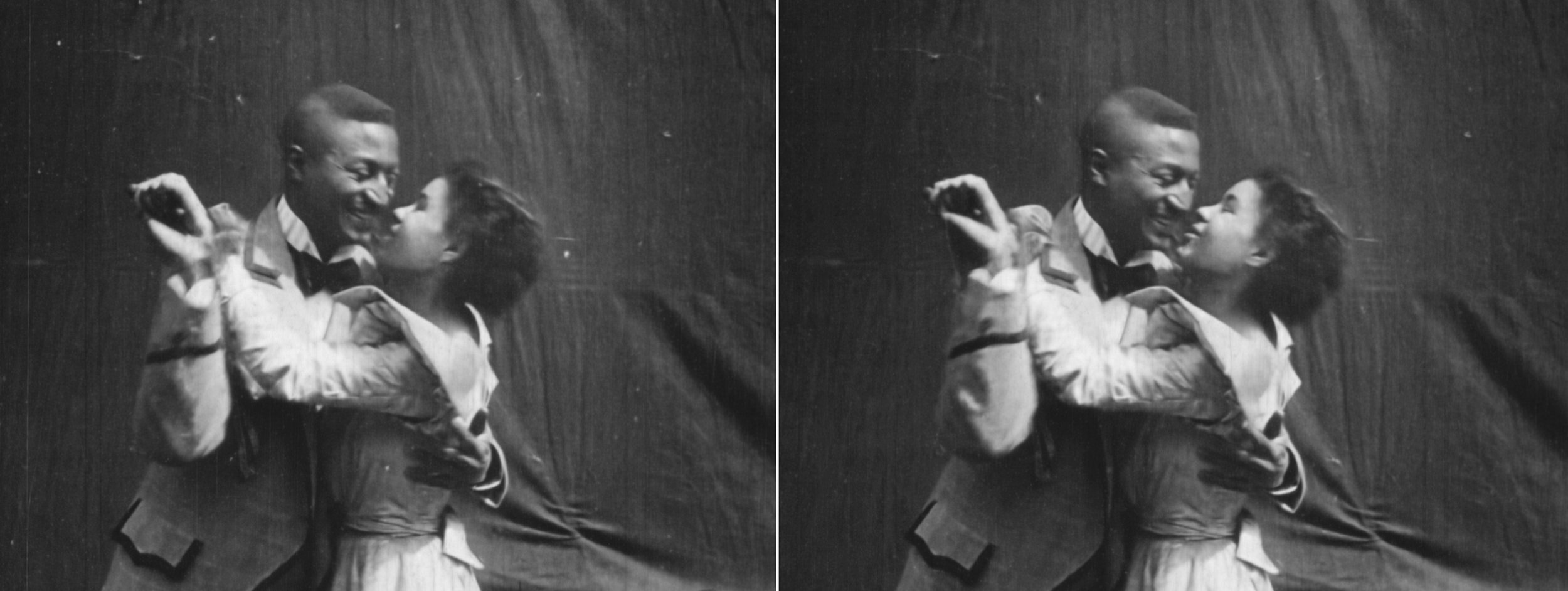The Evolution of DEI in Film: From Silent Films to Inclusion
“Most portrayals of deaf characters by hearing actors tended to be wooden in their use of body language and facial expressions...”
Diversity, equity and inclusion (DEI) is a constant conversation into how it can better be implanted in our companies, everyday life and the way we provide service to customers. Ever wonder how DEI is practiced in film or movie theaters?
Sam Burrell, a deaf eight-year-old boy, played by Keivonn Woodard in “The Last of Us” (2023). Imaged sourced from Google.
Golden age in the deaf community for film, was when movies were without sound. Silent films (1894-1929) did not need subtitles or accessibility tools to watch a movie. Everyone felt included and was getting the same movie experience.
“When Hollywood abandoned silent films in 1929 and 1930 in favor of the new sound technology popularly known as the ‘talkies,’ the movie industry also severely limited the ability of deaf and hard of hearing consumers to participate in the movie theater audience with persons who could hear,” explains Deaf scholar John S. Schuchman, who is a hearing Child of a Deaf Adult (CODA) himself. ” JStor Daily.
A 1898 silent film with the earliest depiction of on-screen Black love. Image sourced from WTTW News.
When the new way of watching movies came along, the modern technology of this time, the ‘talkies’, took away people who were deaf from having a full movie theater experience. Today someone who is deaf will need to attend a special scheduled open caption screening or watch an international movie that provides captions to enjoy a movie night.
According to Statista.com, about 73% of hearing and 78% of deaf audiences consume TV shows, the numbers increased equally when it came to books, video games and live stage shows. It is clear that deaf individuals are consuming media the same in quantity as hearing, if not even more so. Why is it that they are not equally represented considering how advanced technologies are, which can make up for the part to provide a better experience?
Closed captioning device for movie theatres. Image sourced from Google.
While talkies were revolutionizing the way movies are experienced, Ernest Marshall was among the few of the pioneers who kept speaking up for the deaf community. Marshall was born to deaf parents, and became an independent filmmaker, using his talent to create work for and by the deaf community. There is a difference when a deaf character is being portrayed by a non-deaf actor vs. a deaf actor playing a deaf role.
“Most portrayals of deaf characters by hearing actors tended to be wooden in their use of body language and facial expressions,” explains Schuchman.” JStor Daily.
Image sourced from Deaf Life Magazine.
A few movies that have brought conversational change and empowered deaf actors, initiated DEI are “Children of a Lesser God” “ CODA” and “A Quiet Place” which is getting a part two this year 2024. ”Eternals.” is just one of the few movies that are making major changes, putting more deaf actors on and behind the screen and bringing awareness.
CODA dir. Sian Heder (2021)





